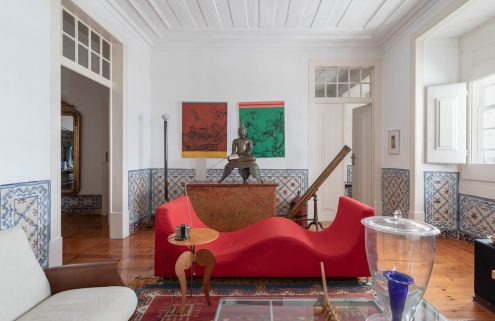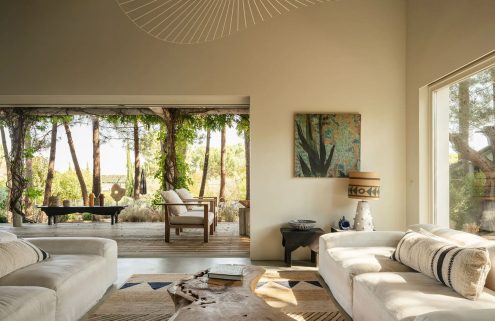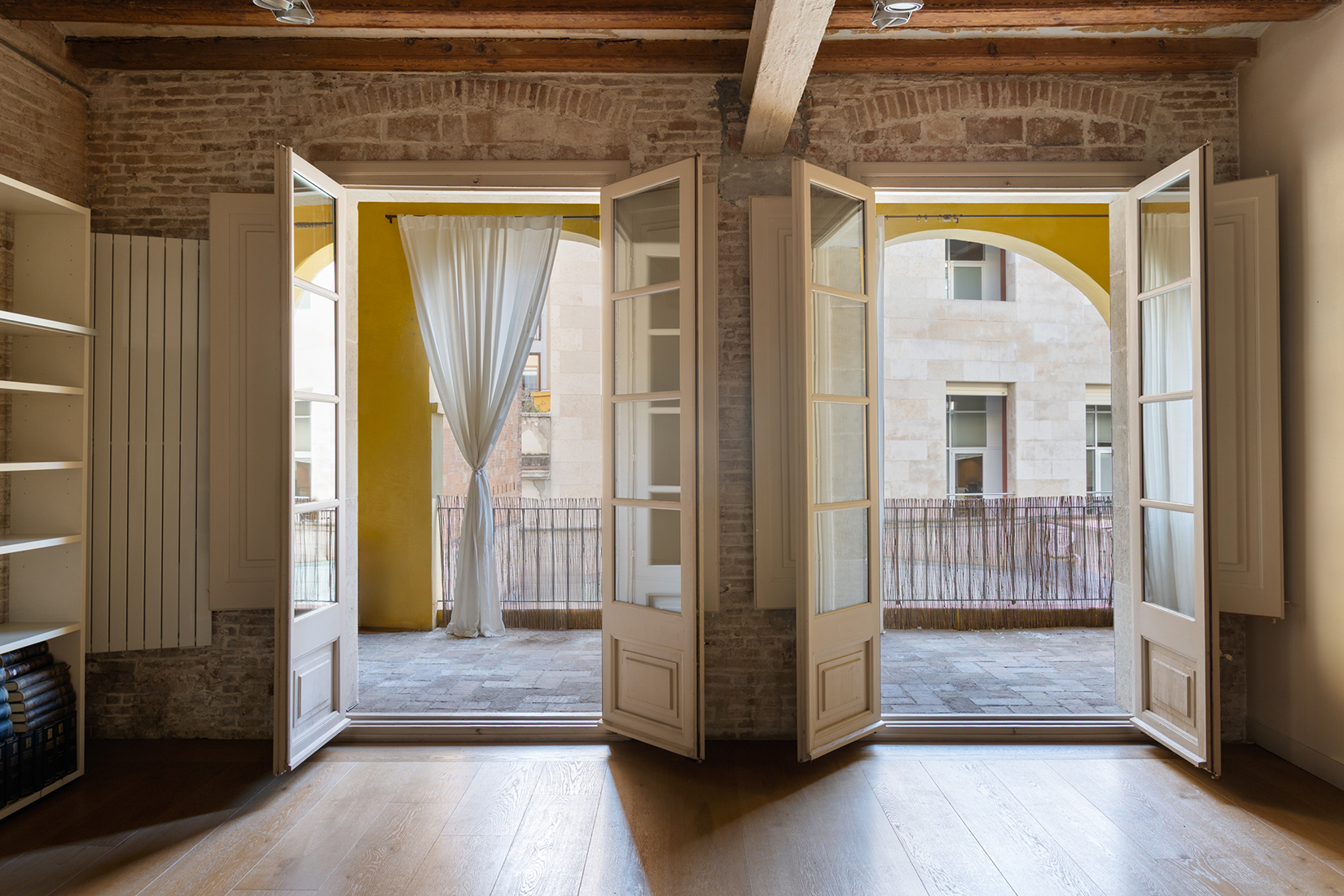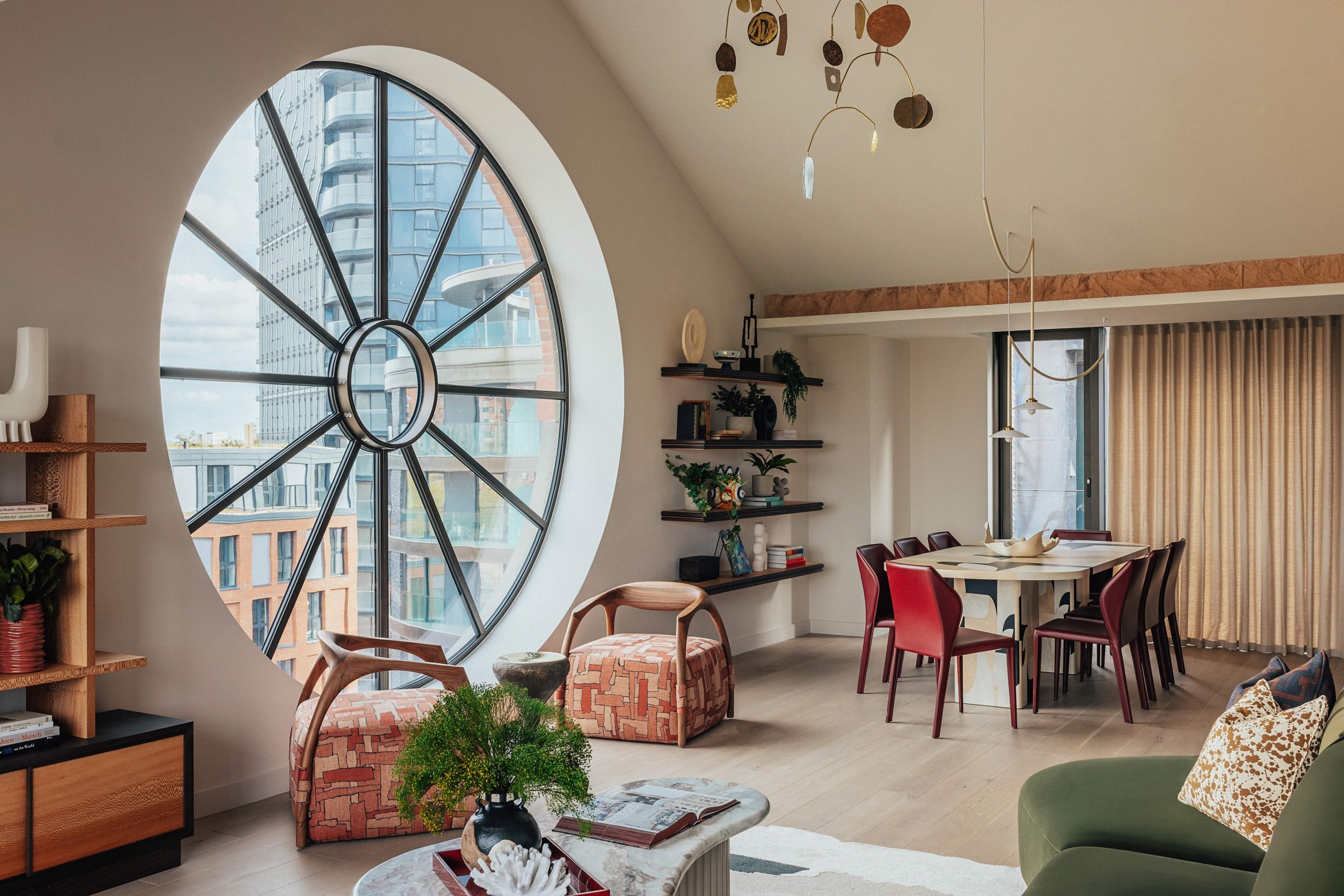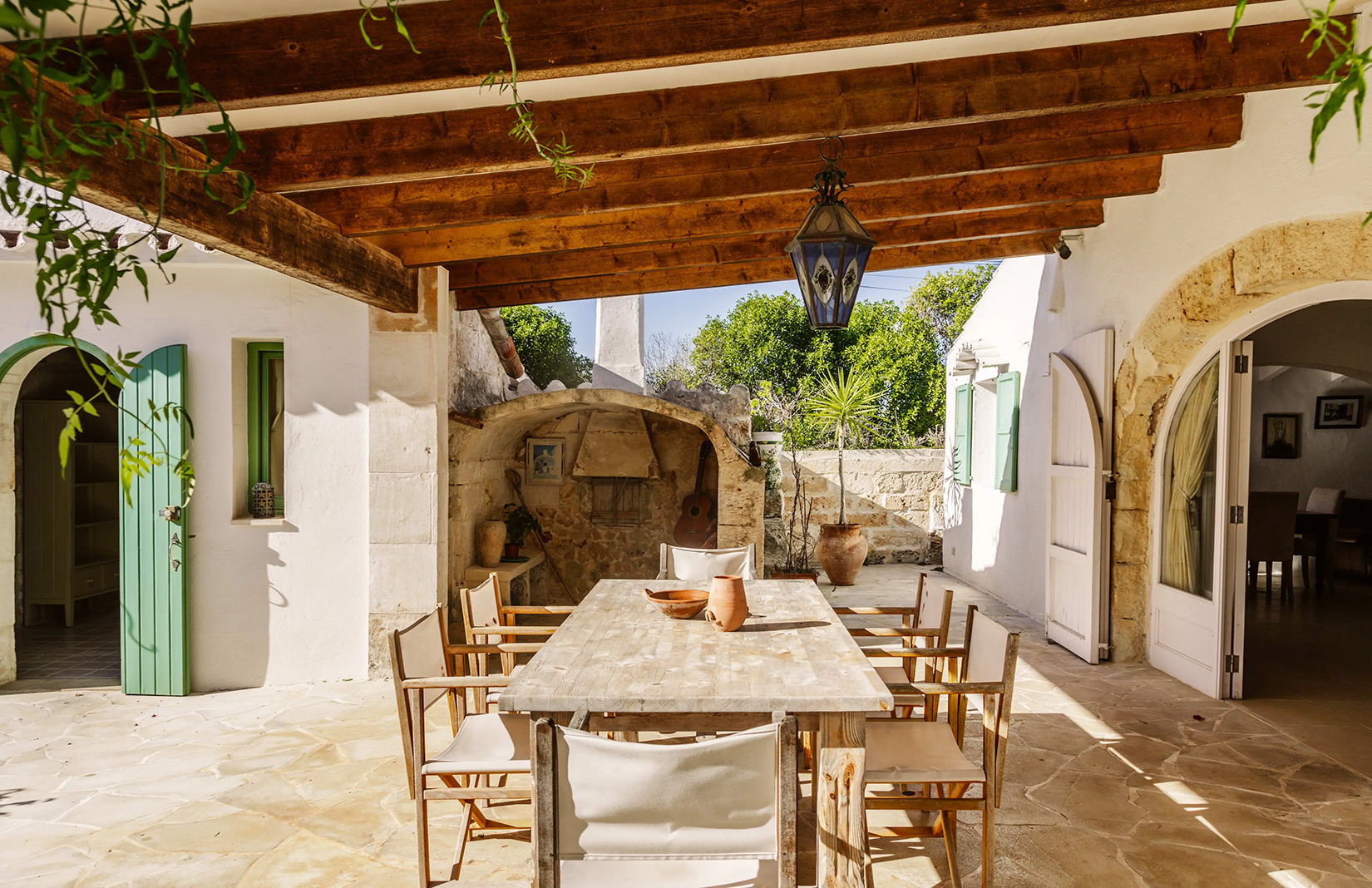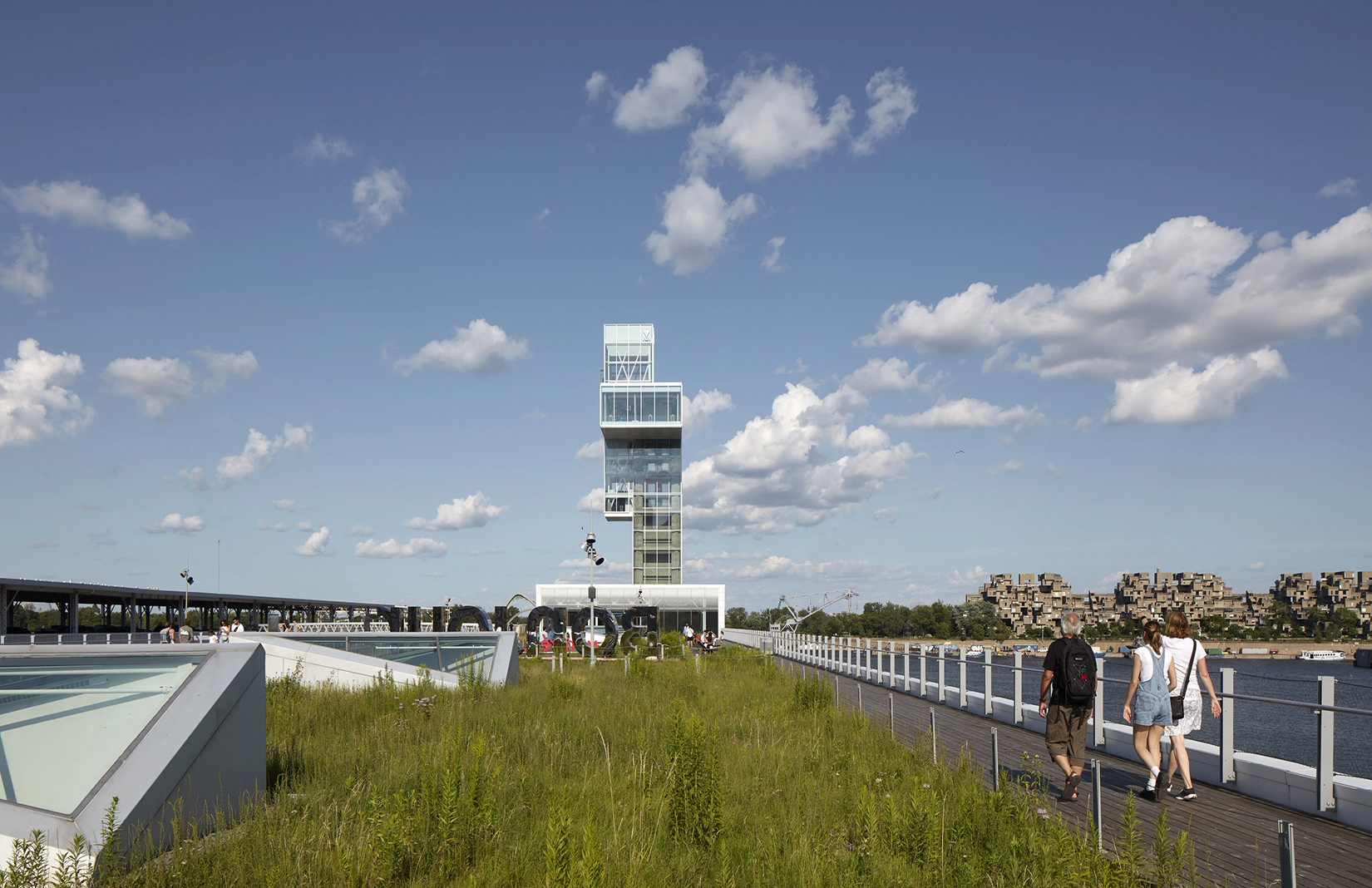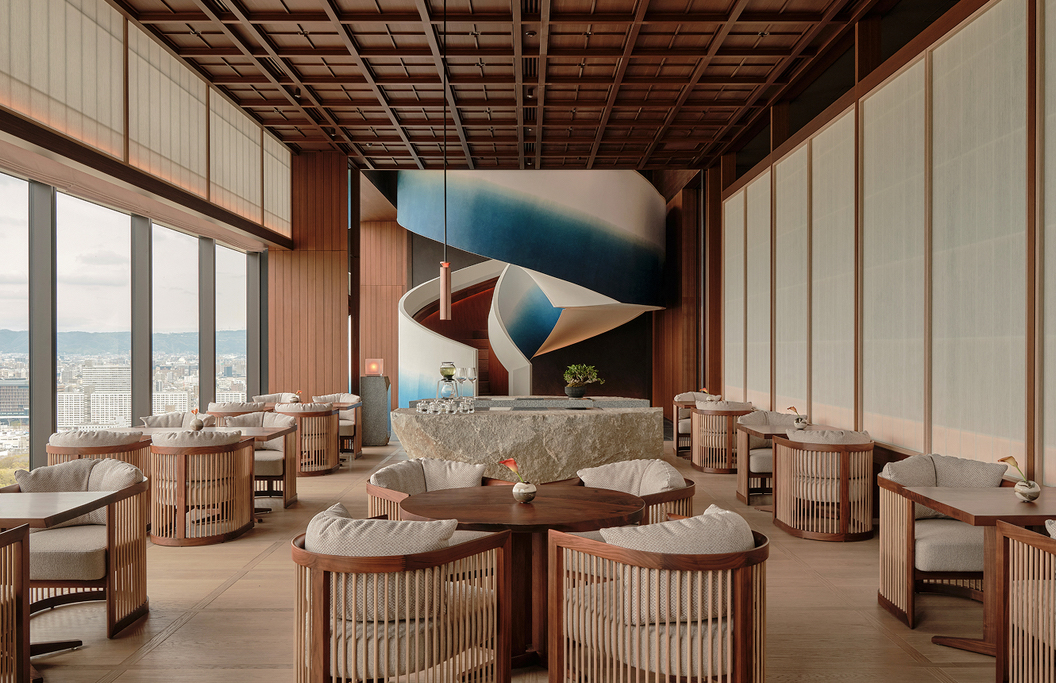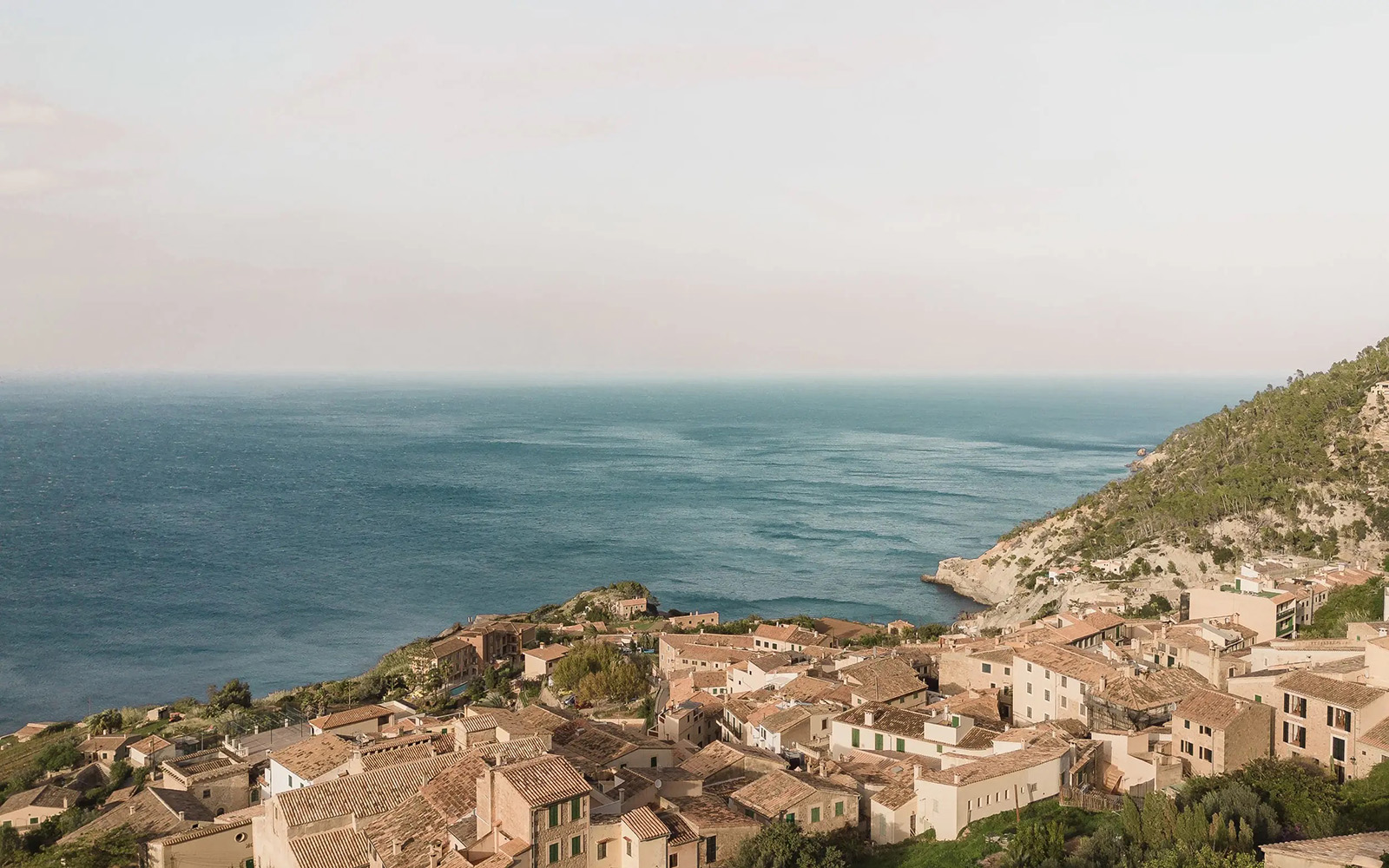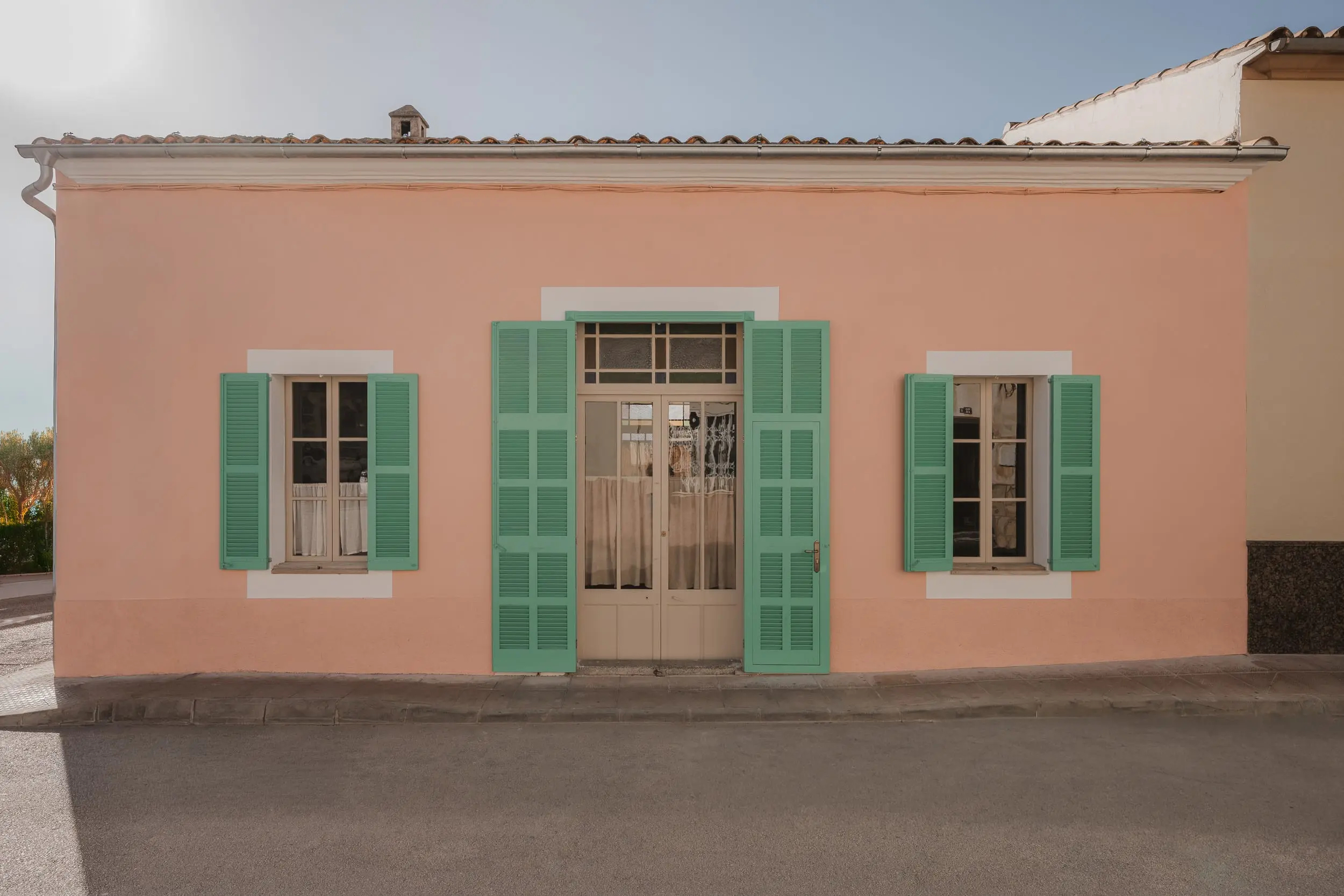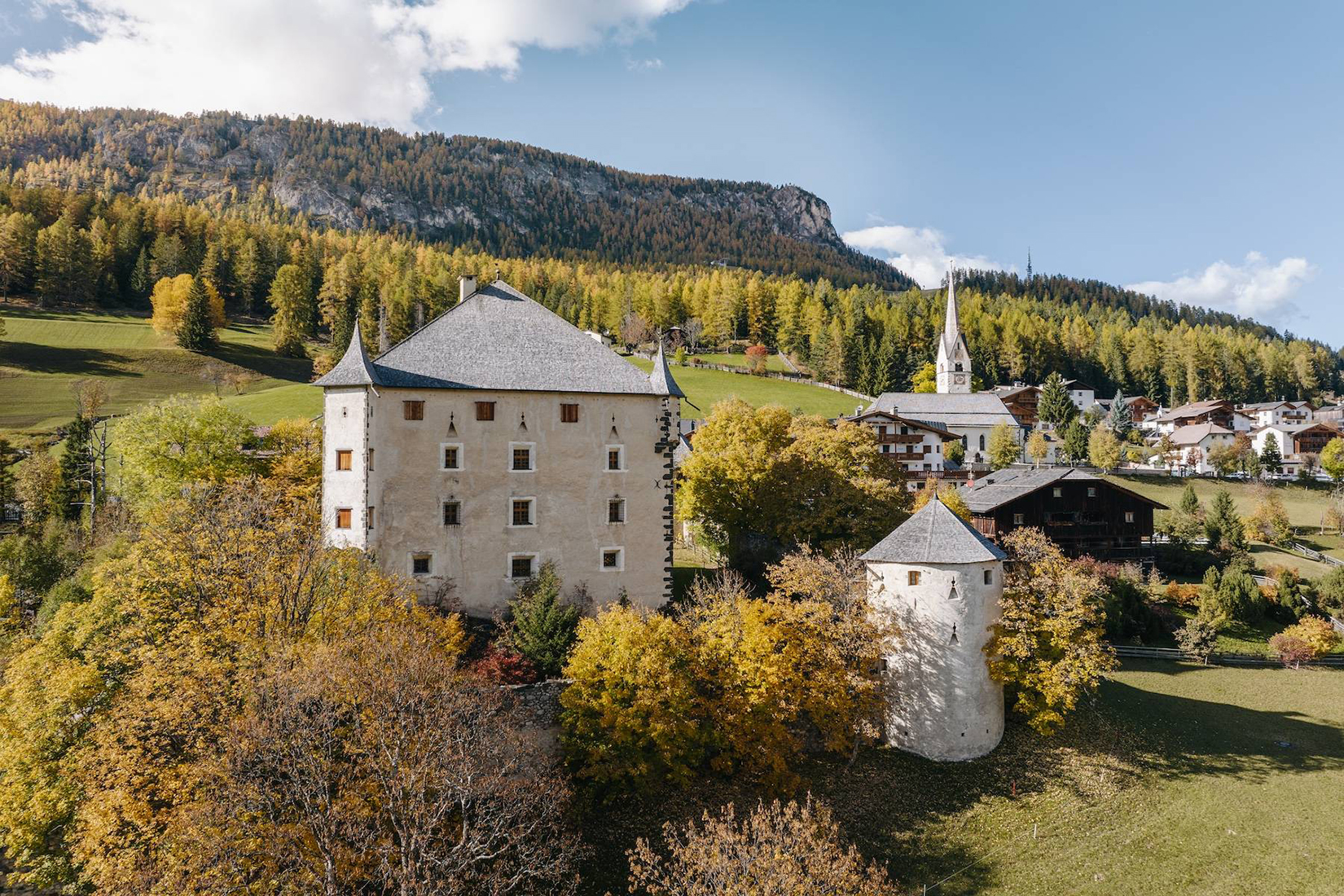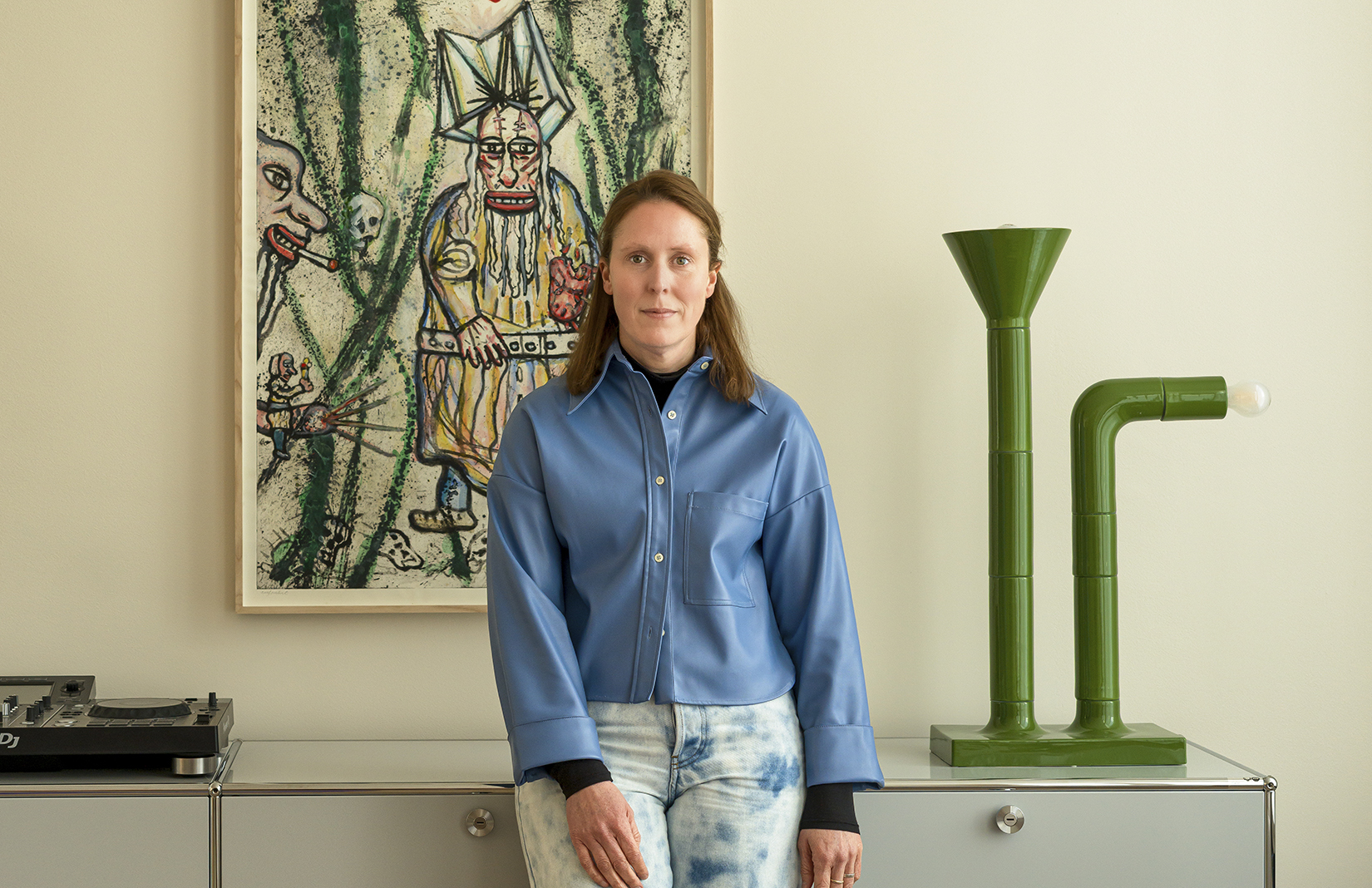Lisbon isn’t short of spectacular galleries and museums, but the Calouste Gulbenkian Foundation’s Centro de Arte Moderna is among the city’s most beloved landmarks. Designed in 1983 by Leslie Martin, the architect of London’s Royal Festival Hall, the gallery showed signs of wear before the Japanese studio Kengo Kuma & Associates embarked on an extensive, four-year, €58m renovation. This revamp better integrates the building with its leafy garden setting while adding 900 sq m of exhibition space for the museum’s ambitious collection of 12,000+ artworks.
Kuma’s team collaborated with landscape architect Vladimir Djurovic on the project, inserting new galleries beneath the building and the existing gardens, which were originally designed by António Viana Barreto and Gonçalo Ribeiro Telles. The firm also installed a colossal 100-metre-long engawa that spans the width of the building. This giant canopy has a rippling form, clad in over 3,200 Portuguese tiles in a trio of whites, and is supported by needle-like pillars.

Photography: Joanna Correia

Photography: Joanna Correia

Photography: Fernando Guerra

Photography: Fernando Guerra

Photography: Fernando Guerra

Photography: Fernando Guerra

Photography: Fernando Guerra

Photography: Fernando Guerra

Photography: Joanna Correia

Photography: Fernando Lemos

Photography: Fernando Lemos

Photography: Fernando Guerra

Photography: Fernando Guerra
The new galleries contrast with the industrial scale of the main exhibition hall. Though located on the lower ground floor, they are filled with light and offer views of the garden through large windows. Kuma also created a new entrance at the rear of the museum, which opens onto a new public plaza with large glass doors that blur the boundary between indoors and outdoors.
Djurovic’s gardens, meanwhile, celebrate Portugal’s indigenous flora with cork oak, holm oak, and Portuguese oak trees at the grand scale, alongside native ferns, Mediterranean spurge (Euphorbia characias), and scented Solomon’s seal (Polygonatum odoratum). Once mature, the gardens will be self-sufficient and irrigated using rainwater collected from the building.
To mark CAM’s grand reopening, the main gallery, Nave, is hosting an installation by Portuguese artist Leonor Antunes called Da desigualdade constante dos dias de Leonor (The constant inequality of Leonor’s days). Sculptural works made with knots and fibres engage with the architecture of the voluminous space, while in the adjoining gallery, Antunes has curated an exhibition of 30 women artists, spanning the gallery’s collection from the 1930s to the present. The exhibition includes textile objects by Guida Fonseca, drawings by Emily Wardill, and a new acquisition by Isabel Carvalho.
Leonor Antunes: the constant inequality of Leonor’s days* runs until 17 Feb 2025





